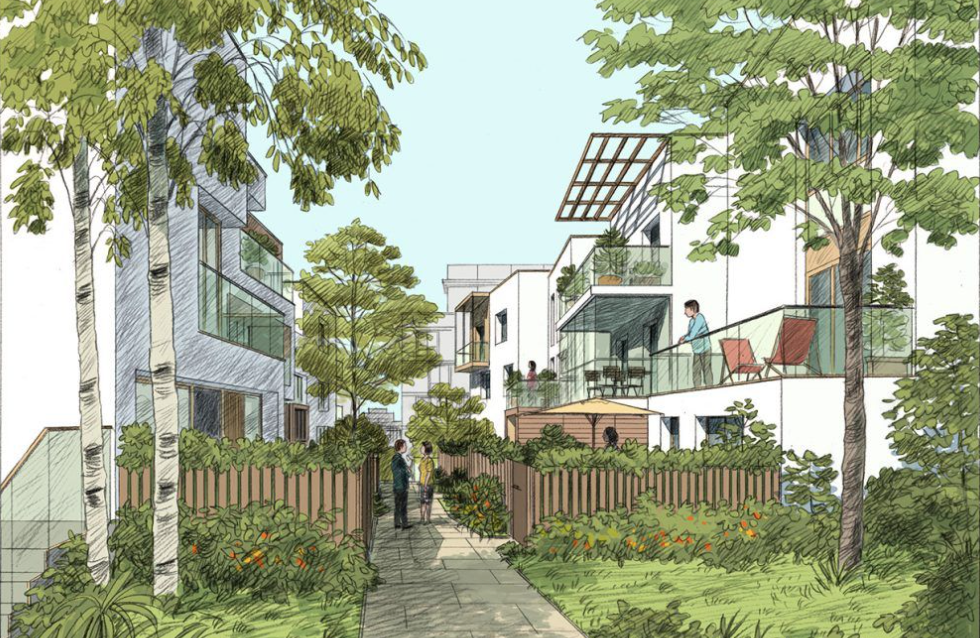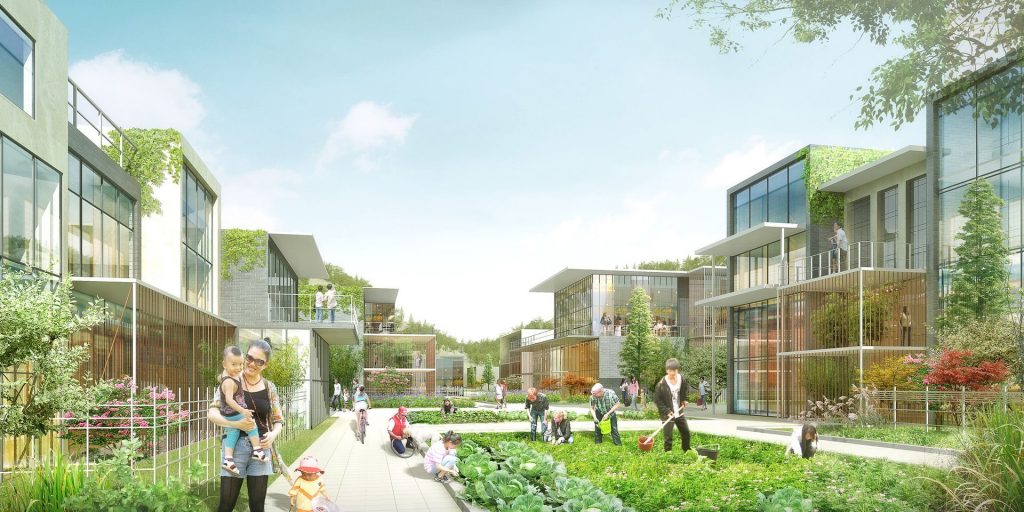

Innovation in designing regenerative housing models for our Affordable Living Impact Fund
Impact Funds offer the greatest structure for both governments and the private sector to achieve the desired results of their social housing strategy
With strong commercially focussed structural frameworks and investment committees, they are able to coordinate and collaborate throughout the finance sector to structure blended solutions, with measurable, reportable outcomes
Regenerative Property Developers utilise systems thinking in strategy, structures, and design, to leverage the property development process to deliver socially, environmentally, and financially viable portfolios
This structure delivers:

Smart Green Group has created “Designing for Harmony”; a regenerative urban design and development initiative, formed on the ethos that first you need to lift a community out of scarcity before guiding them toward social and environmental change.
Its initial function is to form the leadership body for the creation of place-based, perpetually affordable, and regenerative Community Land Trusts (CLT’s), and to establish a property development pipeline to seed the system.
A CLT is a Not-for-Profit (NFP) that holds perpetual, affordable housing, for lease or sale indefinitely, through a shared equity scheme, on behalf of the community for the community.
Design for Harmony CLT’s focus on the affordable sales market. It employs a reversion formula that restricts the resale value of the properties, guaranteeing affordability long into the future and through multiple resale cycles.
Design for Harmony CLTs are structured with regenerative design and development education for its community members, giving them the power to take control of their own built environment with self-evolving, self-actualising community systems.